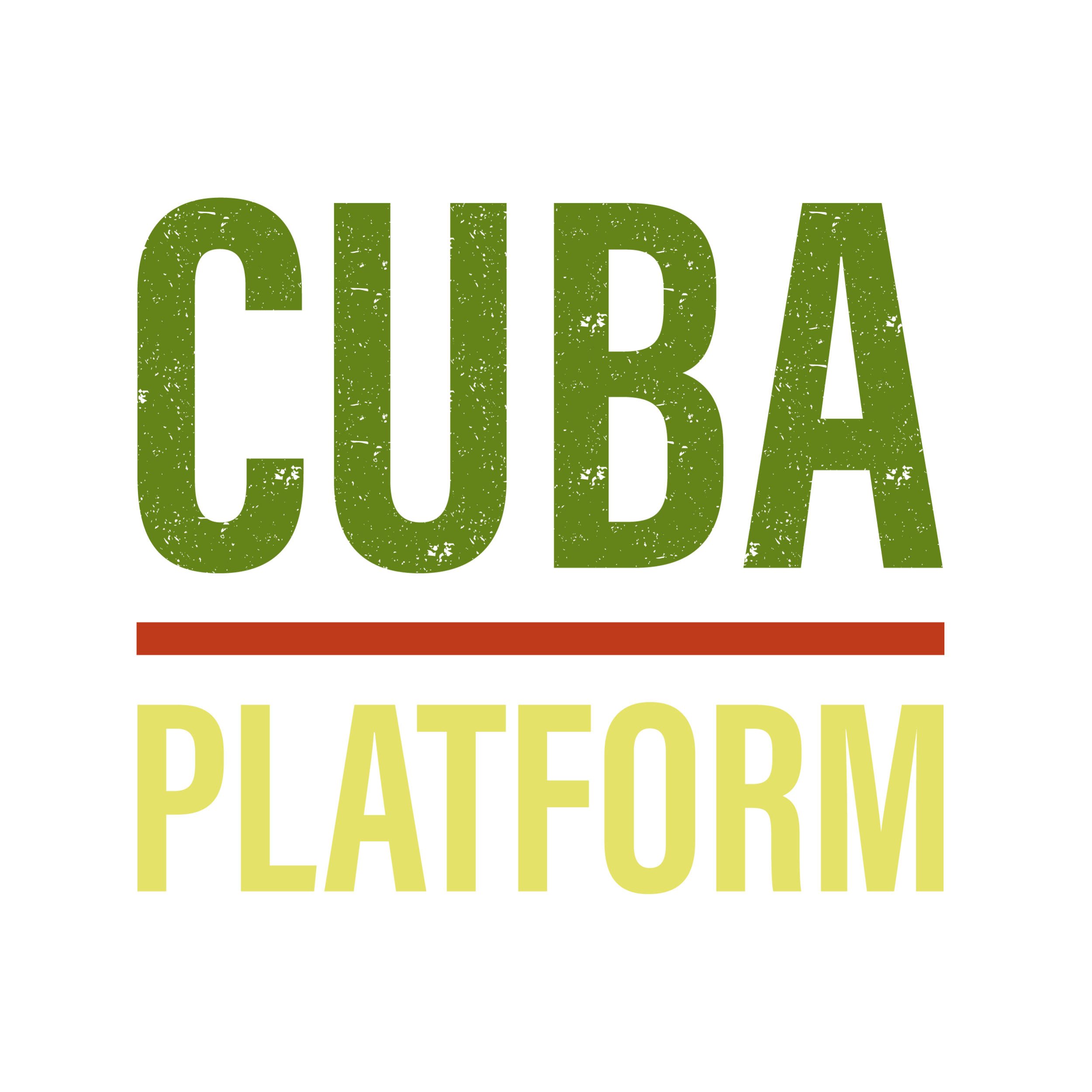The Special Period
The Special Period
Until its collapse in 1991, the Soviet Union provided Cuba with significant subsidies, as well as substantial political and military support. The socialist bloc was the island nation’s main trading partner, and this relationship guaranteed a minimum level of economic security and the satisfaction of Cubans’ basic needs.
Soviet subsidies averaged $4.3 billion a year for the period of 1986 to1990, and constituted 21.2 percent of the Cuban Gross National Product (GNP). The Soviet Union sold oil to Cuba at below-market prices and allowed Cuba to re-export this commodity to the world market, generating hard currency worth more than 40 percent of the country’s total revenues—twice the share generated by exports of sugar, Cuba’s primary crop and principal commodity. In 1987, the Soviet Union paid Cuba an equivalent of 0.419 USD per pound for imported sugar, more than six-fold the average world market price of 0.0676 USD per pound.
The suspension of economic relations with the former soviet bloc plunged Cuba into a crisis that threatened to undo thirty-five years of social gains and economic achievements. The country lost its primary supplier of imported food, machinery, and other goods, and was increasingly unable to purchase these goods from other sources, as it lacked markets to export the goods it produced. To make matters worse, the U.S. Congress tightened the embargo against Cuba with the Toricelli and Helms-Burton Acts, which extended trade prohibitions and penalties to foreign companies and foreign subsidiaries of U.S. companies.
The Cuban government declared this time of crisis to be a “Special Period in a Time of Peace” and implemented rationing schedules originally designed as a contingency for wartime. A change in the direction of economic policy was the only way to confront the crisis, and reforms were made with the goals of inserting the Cuban economy into international markets and stimulating domestic production, without unsettling the social structure or the government and political system.
Shortages and Rationing
Shortages led to strict rationing of energy and food during the Special Period. Bread allocations decreased to 80 grams per person per day, gas sales to individuals were suspended altogether, and other utility services were limited to a few hours a day, with blackouts lasting up to 20 hours a day. The government promoted bicycling as a means of transportation and ox-based agriculture as fossil-fuel free alternatives. In early 1993, nearly half of Havana's 1200 buses were idle for lack of parts and local taxi service disappeared. By 1994, nearly 700,000 bicycles had been distributed across the island.
The disappearance of more than 300 medicines from local pharmacies, together with food shortages, threatened the health and nutrition of all sectors of the population. An estimated 800,000 Cuban asthmatics were without necessary medication; Cubans lost as much as 12 pounds on average[iii]; and by 1993, optic neuropathy had reached epidemic levels: more than 50,000 Cubans suffered from it due to a deficiency of vitamin B complex.
Economic Reforms
The government had no choice but to generate hard currency and rejoin international trade networks. To that end, the state amended the Constitution to allow new forms of private and corporate property, regulate foreign investment, turn state companies into for-profit enterprises and decriminalize the circulation of the U.S. dollar.
International tourism was identified as a promising strategy, and state companies remodeled old hotels, worked with international partners to build new ones, and revamped small airports near beach areas to accommodate seasonal flight traffic from countries such as Germany and Canada.
Social Change
The disruption and dislocation caused by the Special Period penetrated deeply into society. During this time, more than a thousand people protested the sinking of a tug boat of would-be emigrants in Havana harbor, and 35,000 “raft people” (balseros) attempted the dangerous 90-mile journey to Miami on makeshift boats rather than endure conditions on the island. Many Cubans experienced the Special Period not only as a material crisis, but also as a crisis of politics, ideology, values, expectations, and faith that the state could continue forward on a path of progress and development.
At the same time, the experience of the Special Period highlights the resiliency, empathy and solidarity of the Cuban people, who, in a time of hardship, became closer and harnessed extraordinary creativity to meet ordinary needs. Inventar y resolver (invent and resolve) became the operative verbs of a people seeking ways to make do and get by through problem-solving.
As the government’s ability to provide employment and a social safety net for everyone diminished, it also acknowledged a need to become more tolerant of religious institutions, which many citizens were turning to for comfort, and to allow non-governmental organizations to form and create international partnerships. Many grassroots organizations and community groups mobilized to address problems in their communities, such as food scarcity, the degradation of buildings, and the need for localized social services.
In the midst of hardship, the Special Period also gave birth to an internationally renowned movement for urban and sustainable agriculture, neighborhood transformation workshops, innovative arts projects, various environmental projects, and, for many, a renewed commitment to local participation in social issues.
The Special Period has never officially ended, although the sense of extreme hardship subsided in late 2000 when Venezuela began providing Cuba with subsidized oil in exchange for medical services. As some Cuban economists would say, the truly “special” period was before the 1990s, when Cuba experienced a very unique and privileged economic relationship with the Soviet Union. Today, Cuba continues the work of determining what its future will look like without this relationship.
Sources
Download a PDF with sources for this report here.

